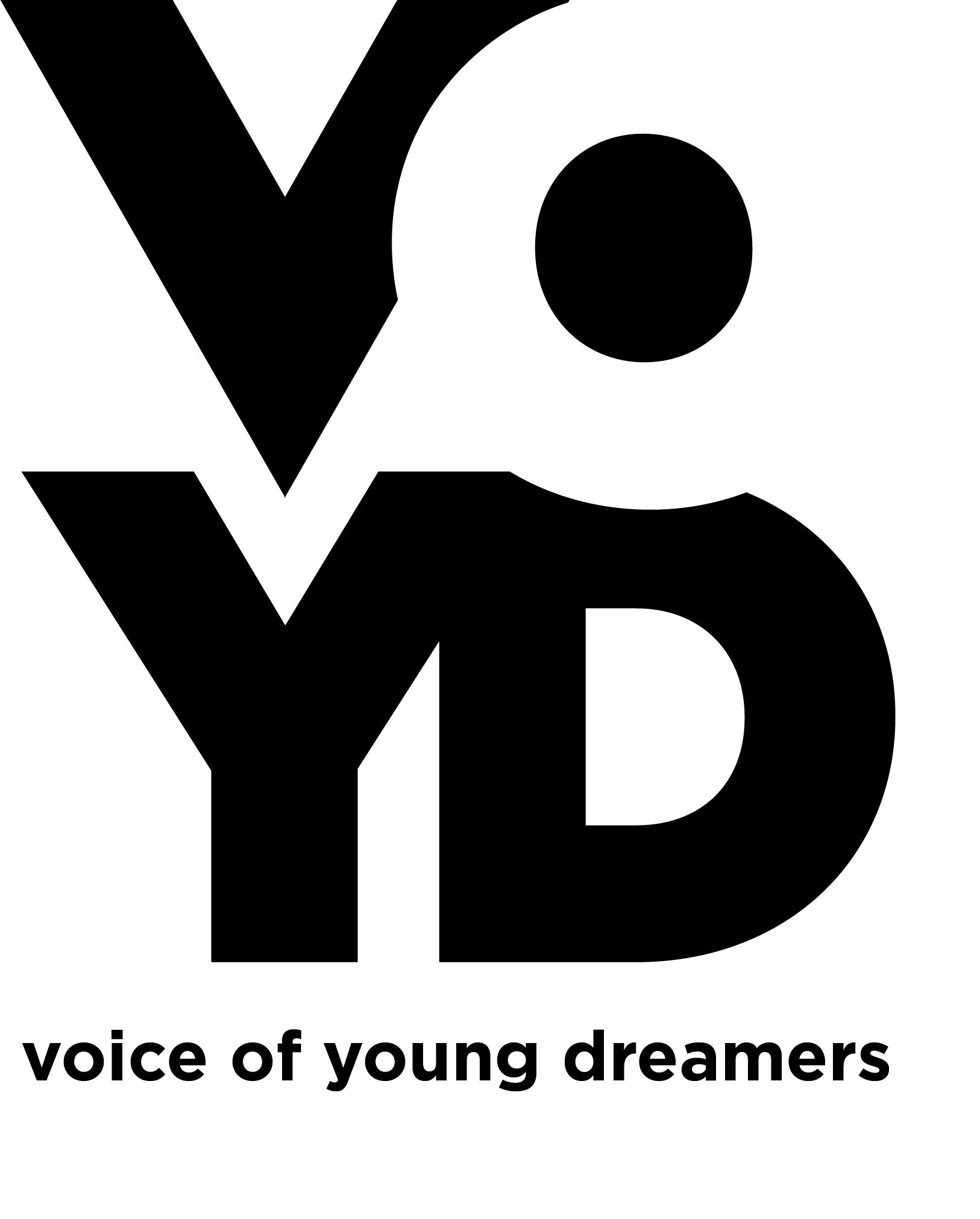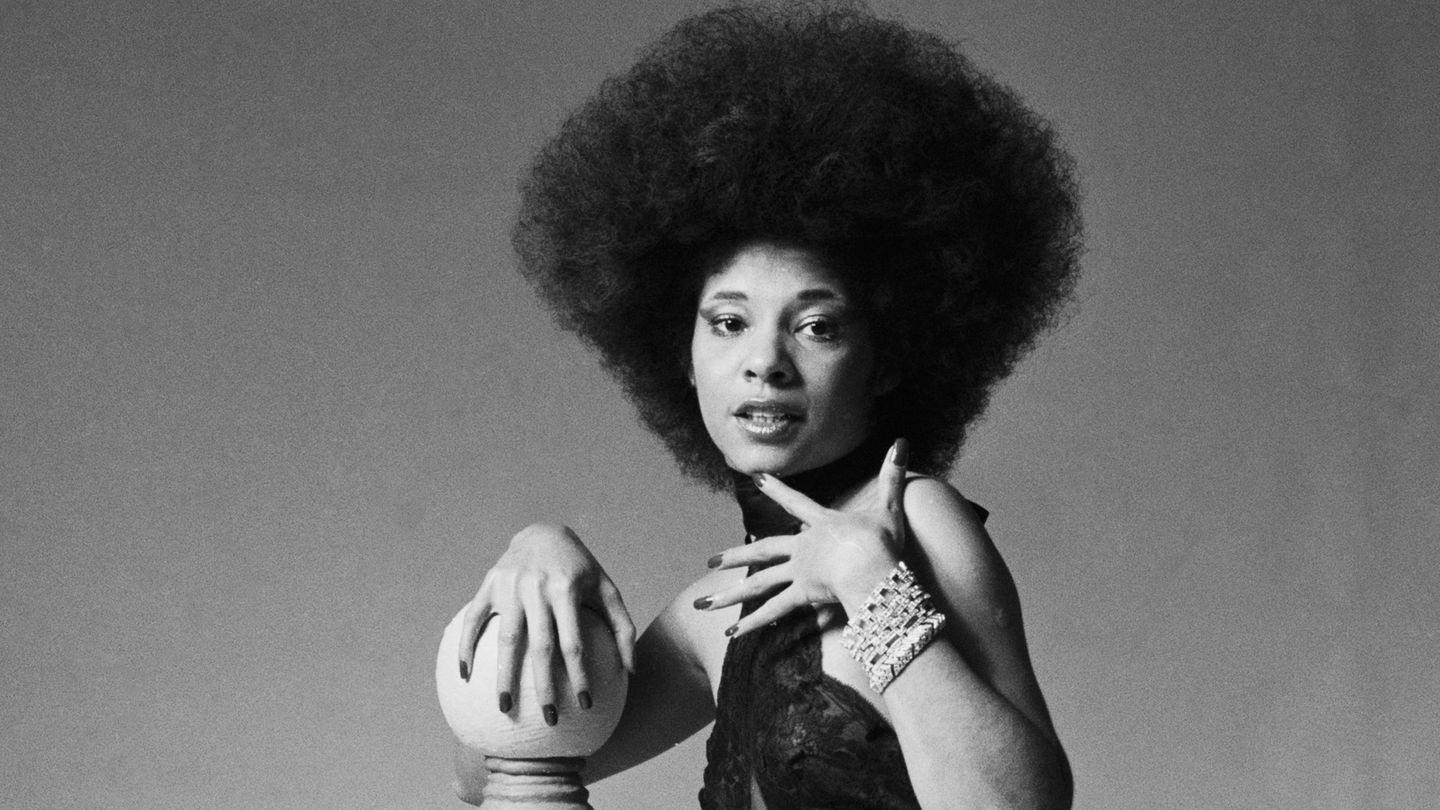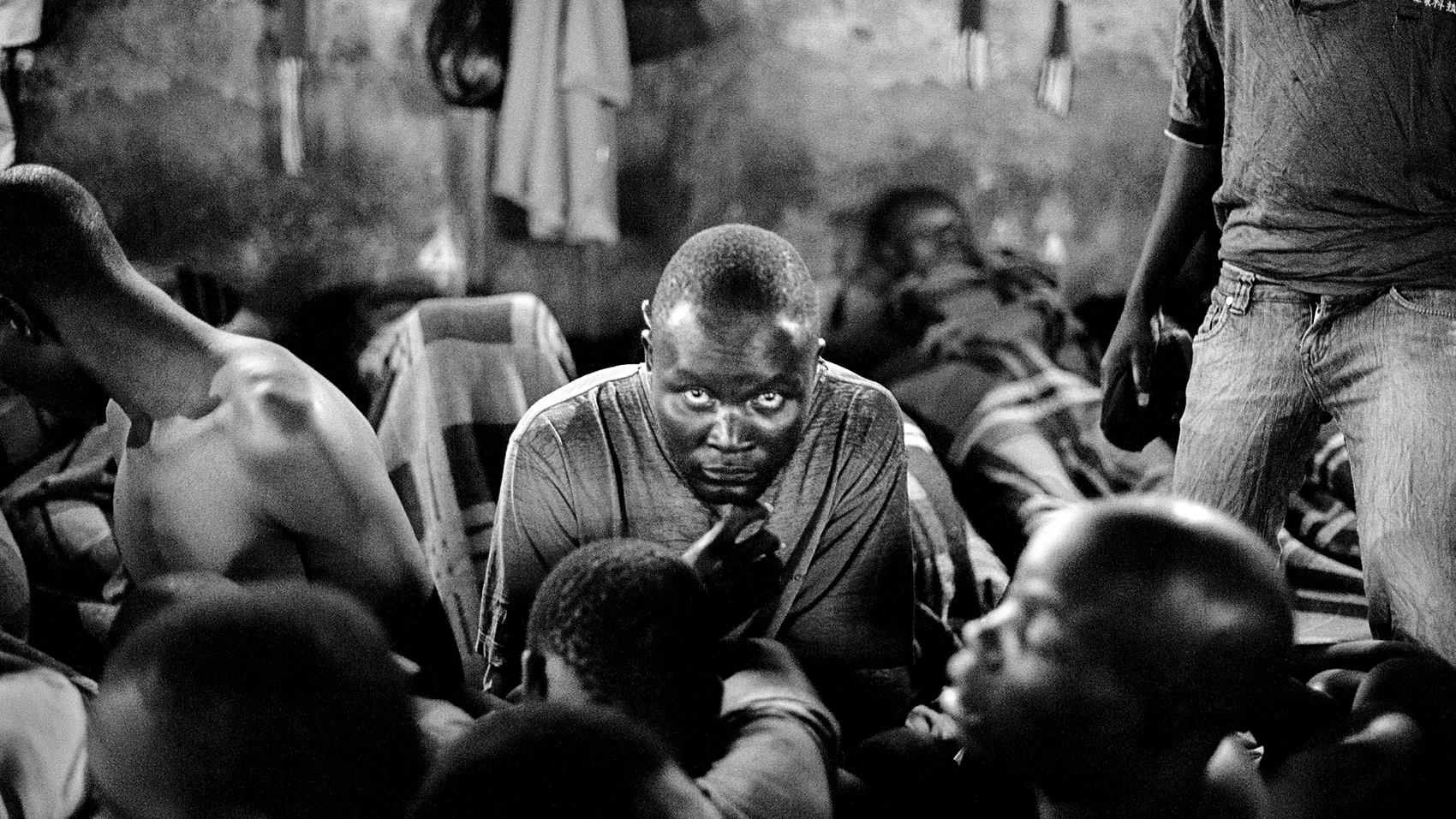New York Black Arts Movement

Main Image Source | nyt.com
50 Years Ago, Afro-Latinos Redefined New York With the Black Arts Movement
“The first moment of my writing had to do with the self-responding to the politics of his being or the politics around him,” confessed the legendary Afro-Puerto Rican poet, Miguel Algarin, in the 2010 short, The Algarin Sessions, Vol. 1. “I got an apartment on 6th street on the first floor, and I made one mistake. I invited the poets in, so it took like wildfire. Every night, fifteen, twenty different people, reading, and drinking. I’d be climbing into bed at five o’clock in the morning for an eight o’ clock class at Rutgers. That was destined to die.”
After hosting these chaotic events in his Manhattan apartment, Algarin, with the assistance of Miguel Pinero and Pedro Pietri, founded the Nuyorican Poets Cafe in 1973 on the Lower East Side, a community-run venue dedicated to the creation and showcasing of revolutionary art, music, and plays. The portmanteau, Nuyorican, which blended the Spanish term Nuyoricano, and the English phrase Puerto Rican, birthed a new identity for those who’d come of age in New York City, yet still connected to a colonized island. Unlike the term Boricua, Nuyorican carried a decidedly Gotham-based political consciousness, one where Blackness, island colonialism, poverty, and ghetto disenfranchisement in El Barrio were vividly expressed through the arts. Through proximity New York City’s harshest ghettos, and in artistic collaborations with Black American artists, Nuyoricans ushered in an era of Afro-Latino creative consciousness.
Before the Nuyorican movement, Puerto Rican identity had yet to form a racial cognizance in regards to the African diaspora. The first wave of Puerto Ricans to New York was late 19th-century tabaquero (cigar) workers who were heavily politicized around class, united with neighboring Cuban islanders in their disdain for Spanish colonialism. While a substantial percentage of these tabaquero workers who flooded New York City from the Caribbean were of African descent (including revolutionary writer Jesus Colon), decades would pass before those in the metropolis embraced an Afro-Puerto political awareness, latent in the adaptation of a Nuyorican identity.
With the advent of the Black Power liberation movement in the late 1960s, Puerto Ricans found themselves increasingly identifying with Black Americans, who’d experienced injustices of American settler colonialism long before their arrival. Political collaborations between the Panthers and the Young Lords, a radical Puerto Rican organization, transformed into an opportunity for creative cohesion in the arts. “The post-Civil Rights era move away from nostalgia for the mythical Puerto Rico of earlier generations and toward solidarity with the African-American community because of a shared Black experience is an underlying theme in the poetry of Afro-Puerto Rican poets Maria (Mariposa) Fernandez, Willie Perdomo, and Tony Medina,” shares Jill Toliver Richardson, author of The Afro-Latin@ Experience. “They lay claim to a Black identity and an African and Puerto Rican consciousness that rests on their belonging to an alternative home within the U.S.”
Bronx-bred Dominicana-Nuyorican Sandra Maria Esteves, Felipe Luciano, and Victor Hernandez Cruz were poets especially noted to incorporate a strong Black cultural identity tied to their Puerto Rican heritage, collaborating with the Third World Revolutionists and The Last Poets. In New Thoughts on the Black Arts Movement, Lisa Gail Collins and Margo Natalie Crawford explain the deep bonds between cross-cultures: “The affirmation of a ‘Black aesthetic’ encouraged assertions of a ‘Nuyorican aesthetic.' Before the 1970s Nuyorican poetry movement, Puerto Rican poets were participating and collaborating in the development of the Black Arts Movement. In New York City, where Blacks and Puerto Ricans often lived adjacent to each other, the connection was particularly strong.” While sometimes the two clashed, there was a deeper understanding of their broader place in discussions of globalized Blackness as an aftermath of creative solidarity.
Both Afro-Puerto Ricans and their Black counterparts in America dealt with impoverishment, policing, drug addiction, and being written off by the city government. Both were also profoundly interested in articulating their social conditions in original ways that detailed the urban jungle. Hence, a decade earlier, in 1962, poets from all over the African Diaspora came together creatively with the Umbra Poets Workshop, whose members included Patricia Spears Jones, Amiri Baraka, and Victor Hernandez Cruz. “The Umbra Poets Workshop grew out of informal gatherings at the Lower East Side apartment of writer and activist Tom Dent. In the lively downtown sessions, poets originally hailing from as far as down South and the Caribbean, or as close as uptown and the Bronx, spent hours encouraging and challenging each other. Predominately African-American in membership, both the Umbra Poets Workshop and the Original Last Poets included Puerto Rican poets who had been listening to and musing on the same array of urban rhythms as their Black American peers.” The collective was so inspired by their collaborations together that they released a special in 1974 entitled, “Latin Soul,” in the journal Umbra, celebrating the Afro-Latino element of the Diaspora in San Francisco.
Back in the Bronx, Jamaican immigrants Cindy Campbell and her brother Clive Campbell began throwing block parties in their basement rec centers, eventually moving their sound systems to the park after 1973. The new culture dubbed hip-hop, coalescing with spoken word in the Black Arts Movement, profoundly influenced Afro-Puerto Ricans. Hip-hop assisted in the construction of a Nuyorican identity in the 1970s, as Afro-Puerto Ricans participated and helped develop an entirely new genre. “Hip-hop culture (which was partially created by Puerto Ricans) exposes the commonalities between the social, economic, and political realities of the Puerto Rican and African-American communities,” Richardson says. “Due partially to hip-hop, Puerto Rican visibility [increased] in the African-American community…hip-hop culture has helped Afro-Puerto Ricans begin to be perceived as another Black (African diasporic) community that resides next to and is aligned with the African-American community.” Such participation in this era influenced the sessions at the Nuyorican Poets Cafe, as organized by Algarin in the Lower East Side neighborhood as a part of new Black consciousness.
The Nuyorican movement symbolized a pivotal moment for the development of a politic cognizant of Puerto Rico as an island under colonial rule with a strong place in the African Diaspora. As the era’s trailblazers joined with other children of the Diaspora in the Black Arts Movement, they created a mosaic of all-encompassing experiences of Blackness that altered New York, in which they and the city would cease to be the same.









